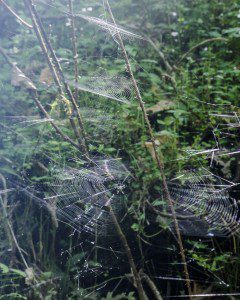 Are you up for a little land-based adventure while visiting the Galapagos? On the most populated island, Santa Cruz, there are several opportunities to explore underground tunnels formed by ancient lava that once flowed across these islands. When the outside layers of lava cooled, they formed a crust while the interior lava still flowed hot and fast. Eventually, the lava inside flowed out of the crust and left a tunnel or a tube behind.
Are you up for a little land-based adventure while visiting the Galapagos? On the most populated island, Santa Cruz, there are several opportunities to explore underground tunnels formed by ancient lava that once flowed across these islands. When the outside layers of lava cooled, they formed a crust while the interior lava still flowed hot and fast. Eventually, the lava inside flowed out of the crust and left a tunnel or a tube behind.
Santa Cruz Island is literally riddled with underground passages and several are large enough to warrant a visit. Many of the longest tunnels are privately owned and can only be seen on a scheduled tour. But if you would prefer to head out on your own, there is a lava tunnel only 2.5 kilomters outside of Puerto Ayora, walking distance for some, biking for others, and a taxi for those that are trying to put a lot into a single day.  The tunnel is so short that you won’t even need a flashlight to explore as daylight can be seen throughout the interior from the entrance and exit points.
The tunnel is so short that you won’t even need a flashlight to explore as daylight can be seen throughout the interior from the entrance and exit points.
We visited a set of tunnels near the small town of Santa Rosa, a short taxi drive out of Puerto Ayora. The tunnel entrance is surrounded by dense vegetation and the cool air of the tunnel encourages local spiders to weave webs nearby. We did not have a lot of time for outside exploration, but the habitat is also perfect for small birds like finches and flycatchers.
The owners have provided electric lighting throughout the tunnel. The floor is rubble and rock, and in some areas, it is dimly lit. Water drips from the walls and puddles await the inattentive visitor. That’s part of the reason we recommend hiking boots for this trail. And, if you want to be really adventurous and walk all the way through, long pants are a good idea. There is one area where you will need to crawl… almost belly crawl if you are really tall… through a very narrow tunnel. Pants will help protect your knees.
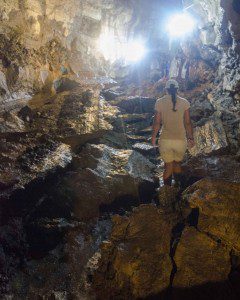 In a couple of hundred years, these tunnels might be called caves, with stalactites hanging from walls and ceilings. The slow process of stalagmite creation on the tunnel floors is obviously being hampered by visitors… with so many people walking through, the calcium formations will never have the opportunity to form. Nevertheless, the process of geologic time is apparent when walking these long tunnels.
In a couple of hundred years, these tunnels might be called caves, with stalactites hanging from walls and ceilings. The slow process of stalagmite creation on the tunnel floors is obviously being hampered by visitors… with so many people walking through, the calcium formations will never have the opportunity to form. Nevertheless, the process of geologic time is apparent when walking these long tunnels.
Most tour companies will offer this day trip with visits to other highland destinations, like Los Gemelos or the Tortoise Reserve.

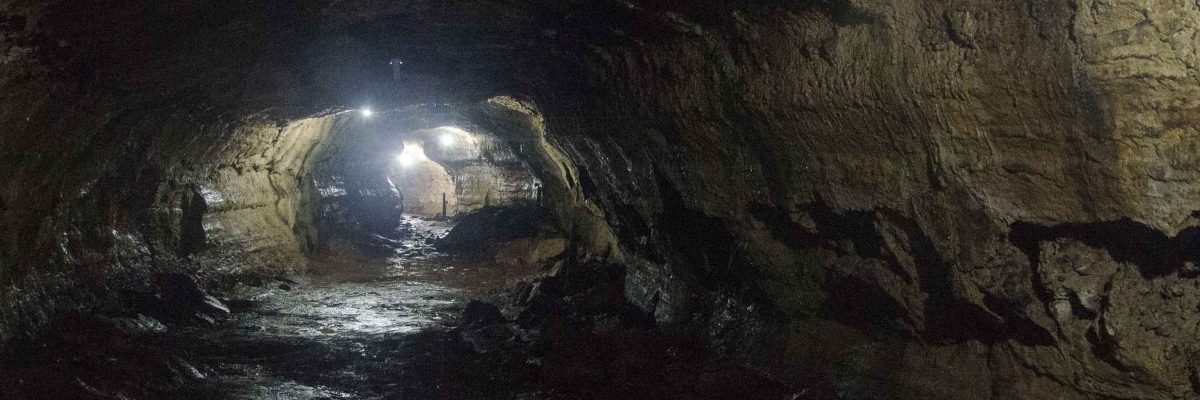

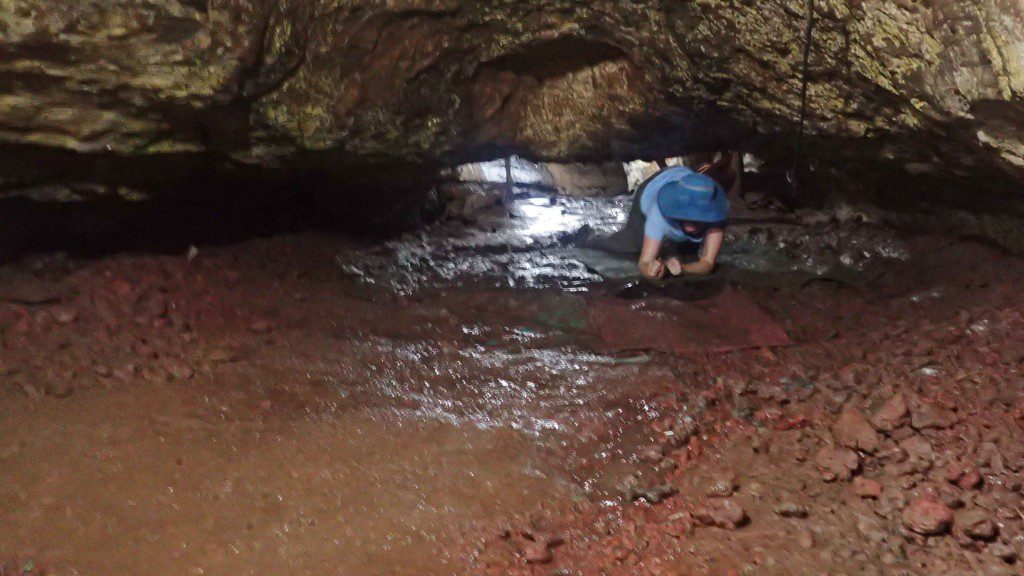
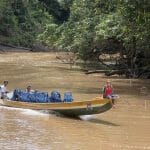

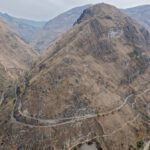

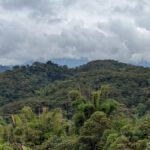

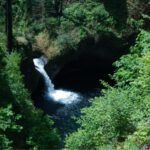




0 comentarios